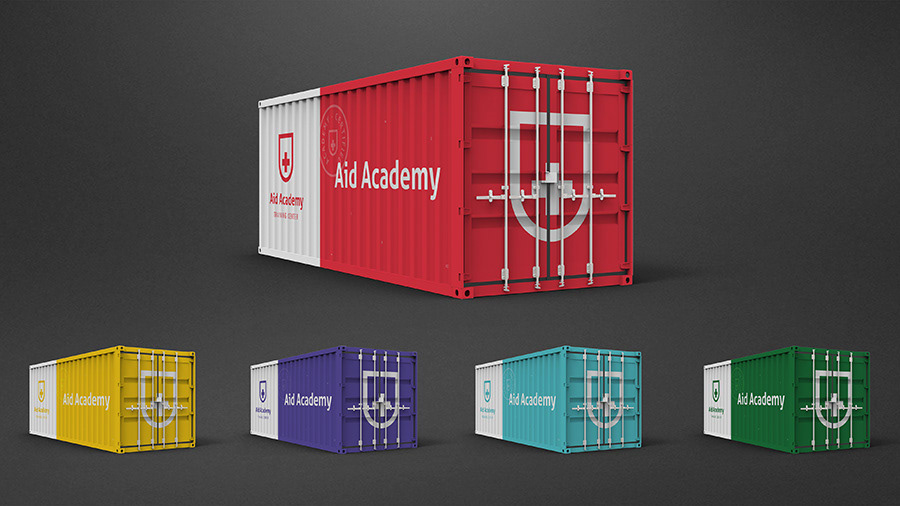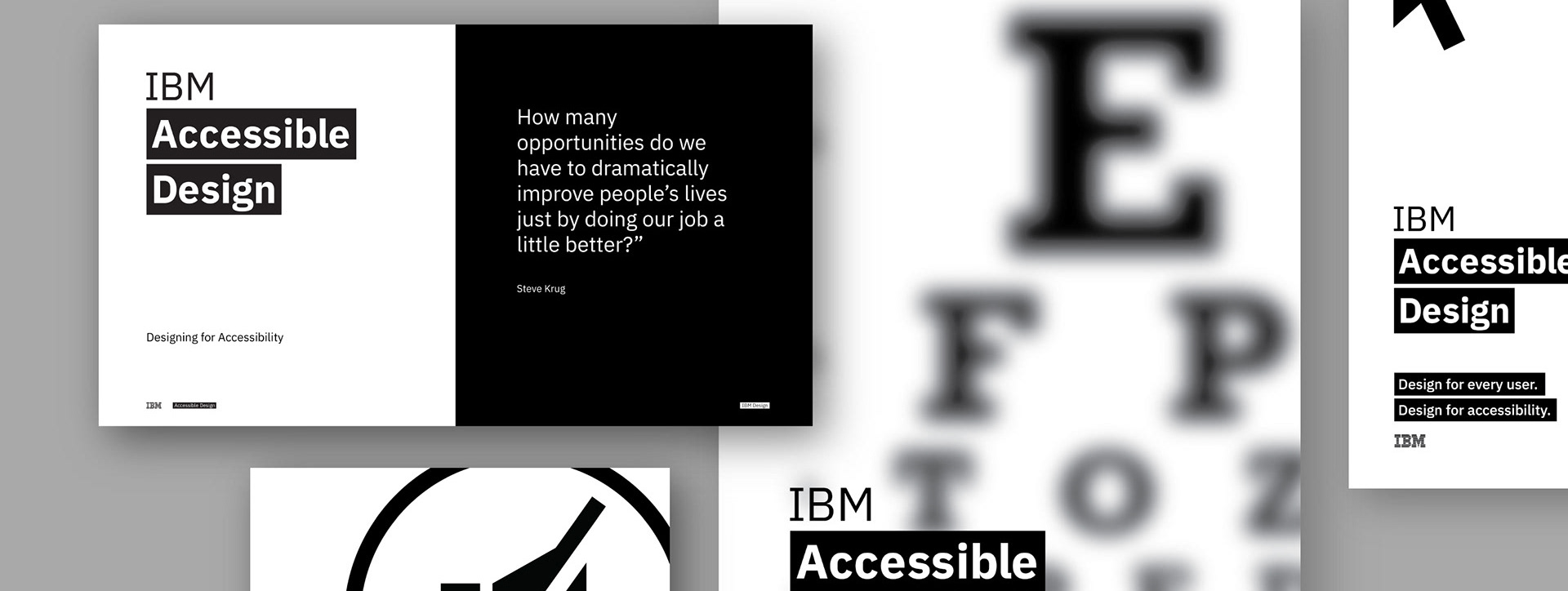Project type
System design
Branding
Branding
Roles
Designer
The problem
Traumatic injuries are the number one leading cause of death for Americans under the age of 46. As well as the 4th leading cause of death overall in all age groups. A traumatic injury is a physical injury of sudden onset and severity that requires immediate medical attention.
The team
Myself, with a little help from my friends.
8 min 59 sec
National ambulance's response time goal.
4 min 3 sec
Average time it takes to die from choking.
10 min 25 sec
Average time it takes to die from a heart attack.
6 min 48 sec
Average time it takes to die from blood loss.
Difficult Choices
What would you do?
Aid Academy is the result of a two semester long BFA project out of BYU-Idaho. Savannah Nettesheim, Jade Gregerson and myself spent the first semester (14 weeks) researching the topic of complexity, where I spent the majority of my research understanding complex decision making.
I explored everything from medical equipment rationing during hurricane Katrine to testing people with my own version of the Trolley Problem. I wanted to know more about people's ability to make decisions, how they make decisions, and why they make the decisions they did, especially ones that could alter human life. The results of this research can be seen here.
You can't save everybody.
The second semester I focused on creating a solution to solve the complex decision medical field professionals sometimes face of who lives and who dies.
My initial problem was, How do I help medical professionals make these complex decisions? How can I help them decide who lives and who dies? Can there be a way to help everyone, not just some?
I spoke to EMTs, ER nurses, doctors, police officers and even military medics. Ultimately, they all said the same thing:
When faced with a "who do I help" situation, the only way to make that decision is by looking at all the unbiased facts and data they have, and then choosing.
There was no magic formula, no way to slow down time or increase resources. These professionals have come to realize, you do all you can with what you have, and then hope for the best.
How could I help?
I realized I might not be able to help medical professionals make these life or death decisions in the way I initially thought. It was not my place to come in and tell them how to do their jobs. But I still wanted to help.
In 2017 I read a story about Michael Goguen, who lived through the horror of the Route 91 concert shooting in Las Vegas. Michael was one of many who risked their own lives to provide first aid to victims, undoubtably saving many.
His actions helped me realize two things:
- These people received medical attention much faster than they would have considering the situation thus increasing their chances of survival.
- It limited the number of patients doctors and EMTs had to triage immediately, providing more time to care for others and less decisions on who to support first.
This is where I knew I could help make a difference. We need more people like Michael.
The best solution for medical emergencies is increasing the abilities of first responders, this is done by making everyone a first responder. I did this by redesigning the entire first aid training experience.
The Problem
“Someone else will help”
No one ever plans to get hurt, but it happens, a lot. This creates two major problems for the general public:
1. If someone is experiencing a medical emergency, an ambulance is on average 10 minutes away.
2. Over 52% of people feel under-prepared to help in most types of emergencies.
The Solution
Civilians Saving Lives
There needs to be a helping hand in every crowd, just in case things go south. Someone who’s ready to step up and help during these medical emergencies.
Aid Academy is personalized and specialized first aid training for everyday citizens to do just that.
Specialized Training
First aid for every person.
Aid Academy is meant for people, just like you and I. It gives individuals the opportunity to train for what's important to them. Whether they're outdoor enthusiasts, stay-at-home parents or just concerned neighbors, Aid Academy is built to train the individual.
Personalized Training
First aid for every comfort level.
Everyone is at different stages in their lives, so why get treated like it? Individual comfort levels and interests drive the first aid training experience.
If they're quick to rush in when something goes wrong, or faint at the sight of blood, with specialized training, participants can go as in-depth as they want.
Want to be ready for anything? Make it to stage 4. A little timid? Stage 1 will do the trick.
First aid should be inclusive to everyones needs and interests. Even a little goes a long way.
Advanced Training
What if they want more?
Aid Academy was built to give trainees all the experience they need to be effective with first aid, but for some they push themselves to the outer limits. For people like that, there are master badges.
After completing each course completely, another notch is made in each training belt.
How it Works
The "how" of Aid Academy.
Developed with the civilian in mind, I payed close attention to the best way to help users learn these first aid skills in an impactful and successful way. As part of the creation process, I interviewed teachers and researched effective ways to train and teach individuals. By doing so, I was able to highlight some areas I found important for this first aid course to be more successful then traditional first aid trainings.
- Students perform better in actual emergencies when trained in similar situations, rather than in a classroom.
- When practiced in role-playing emergency scenarios, students will develop situational and muscle memory.
- Students retention of information increases when they have multiple touch points with the content. 2 hours on a Saturday won't cut it.
- Studying of course materials prior to the training will not only increase retention, but will also save time by setting a baseline starting point for the classes.
Determine a Course
Everyone's situations are different.
Participants decide which course they want to take, but if they are unsure, Aid Academy will help walk them through a simple quiz that will determine which training is the right fit and give them a course recommendation.
Aid Academy's site provides users with info, success stories, and specialized training material.
Prospective students can take a quiz to determine the type of training they should take.
Receive rated recommendations for the first aid course that best fits users needs.
Mobile view for the Aid Academy website.
All the functionality of Aid Academies site, designed for a mobile experience.
Learn the Basics
Building a foundation.
Students get their training started online with easy to understand basics that are specific to each course. These preliminary trainings will help attendees be prepared for the next steps as well as help retain the knowledge they gain.
Get step by step directions on how to respond to certain emergencies.
Apply in Action
Solidify what you learn.
The next step is an in-person experience of both learning and doing. Individuals come ready to apply what they've learned online in real-world scenarios that mimic reality.
This is done with a mobile training station built out of shipping containers for moving real-life "environments" with ease. Here, trained professionals supervise as trainees react to acted-out scenario based emergencies. With role-playing these scenario's, trainees are given a chance to learn these skills in a realistic setting while still being able to make mistakes.




Each unit is designed to open up to create an area where training can take place. Inside provides the storage to create realistic sets.
Organization
Participants are categorized based on their courses and stages. Each is given personal first aid kits and quick-reference cards to help them succeed in their trainings and future endeavors.
Event passes modeled triage tags.
Training event signage.
First aid kits tailored to the training type.
Quick reference cards for different emergencies.
Staying Sharp
Continued commitment.
After in-person training and certification, Aid Academy helps trainees remember what they've learned. They’ll be prompted frequently with timed quizzes that will test them on training and first aid knowledge in one final attempt to simulate reality.
This last step helps keep all Aid Academy members prepared to help others in the midst of emergencies.
Conclusion
Personalized and specialized first aid for every citizen.
The results of this project are larger than just a brand design. Every detail was attempted to be thought through so Aid Academy could be rich in learning and development. The Academy's design gives participants a more effective process for learning the skills necessary to help other by creating experiences that are centered heavily in personal motivation and real-life training.





